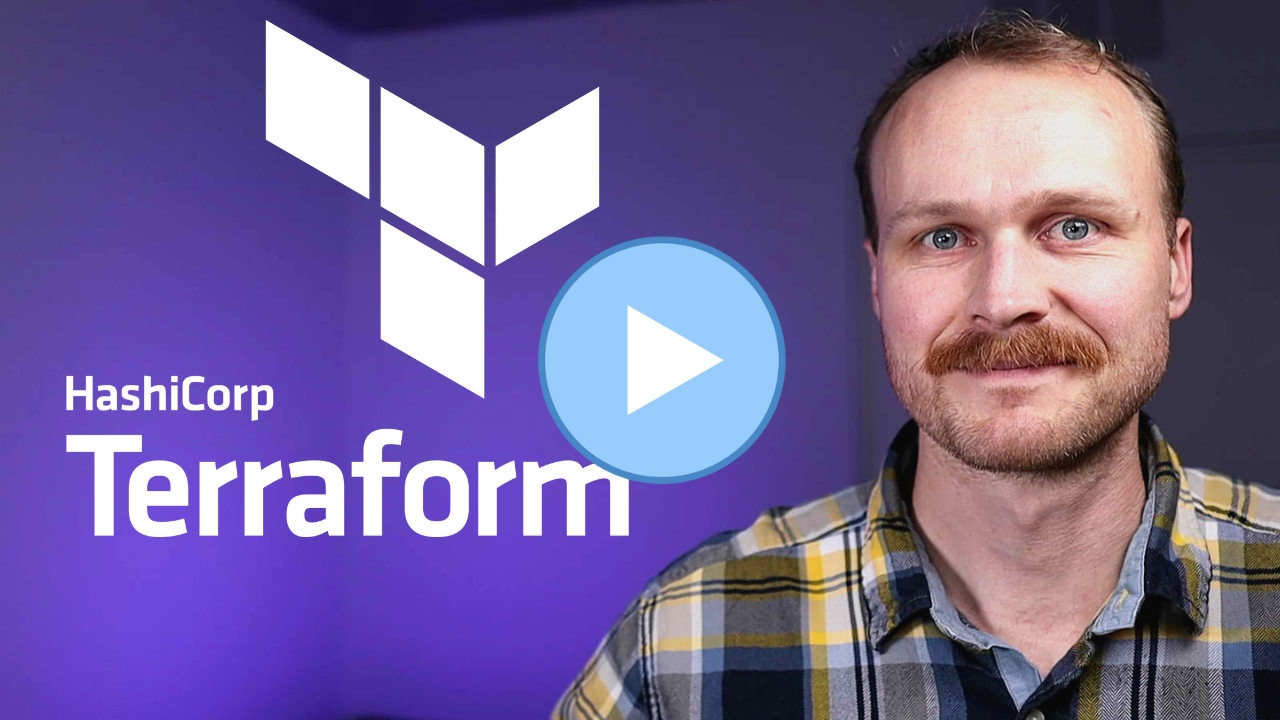1: Evolution of Cloud and Infrasructure as Code
Examine the evolution of virtualization technologies from bare metal, virtual machines, and containers and the tradeoffs between them.
2: Terraform Overview & Set Up
Install terraform and configure it to work with AWS
3: Basic Terraform Usage
Learn the common terraform commands and how to use them
•Terraform Plan, Apply, Destroy
4: Variables and Outputs
Use Terraform variables and outputs to improve make our configurations more flexible
5: Additional HCL Features
Explore HCL language features in Terraform to create more expressive and modular infrastructure code.
6: Terraform Modules
Learn to break your code into modules to make it flexible and reuseable
7: Managing Multiple Environments
Overview of two primary methods for managing multiple Terraform environments
8: Testing Terraform Code
Techniques for testing and validating Terraform code
9: Developer Workflows
Covers how teams generally work with Terraform, including automated deployment with CI/CD

Evolution of Cloud Infrastructure
In the early 90s and 2000s, tech companies building web applications had to go through a cumbersome process.
They needed to devise their idea, write the software, purchase servers, set up data centers, and handle all the power management, networking, and operational overhead. This process was challenging and time-consuming, often requiring significant capital expenses.
With the advent of cloud computing in the late 2000s and 2010s, the process changed drastically. After developing an idea and writing the software, companies could now deploy their applications to the cloud.
Key Advantages of Cloud Infrastructure:
-
Infrastructure available via APIs: Rather than needing to purchase and set up infrastructure, API driven systems can spin up or spin down servers as needed within minutes. This on-demand resource model made infrastructure management faster and more efficient.
-
Speed and Flexibility: The ability to scale infrastructure up or down quickly in response to changing demands, like during high-traffic events such as Black Friday sales.
-
Shift in Mindset: Infrastructure is now viewed as short-lived and immutable, as opposed to the long-lived and mutable model of traditional data centers. This means that when changes or updates are needed, new servers with the required dependencies are provisioned, and old ones are torn down.
The evolution of cloud infrastructure has revolutionized the way web applications are developed and deployed.
The shift from managing physical servers and data centers to leveraging on-demand resources through cloud providers has introduced speed, flexibility, and a new mindset around infrastructure management. This paradigm shift has led to the emergence of powerful tools like Terraform that make managing cloud infrastructure even more efficient and reliable.